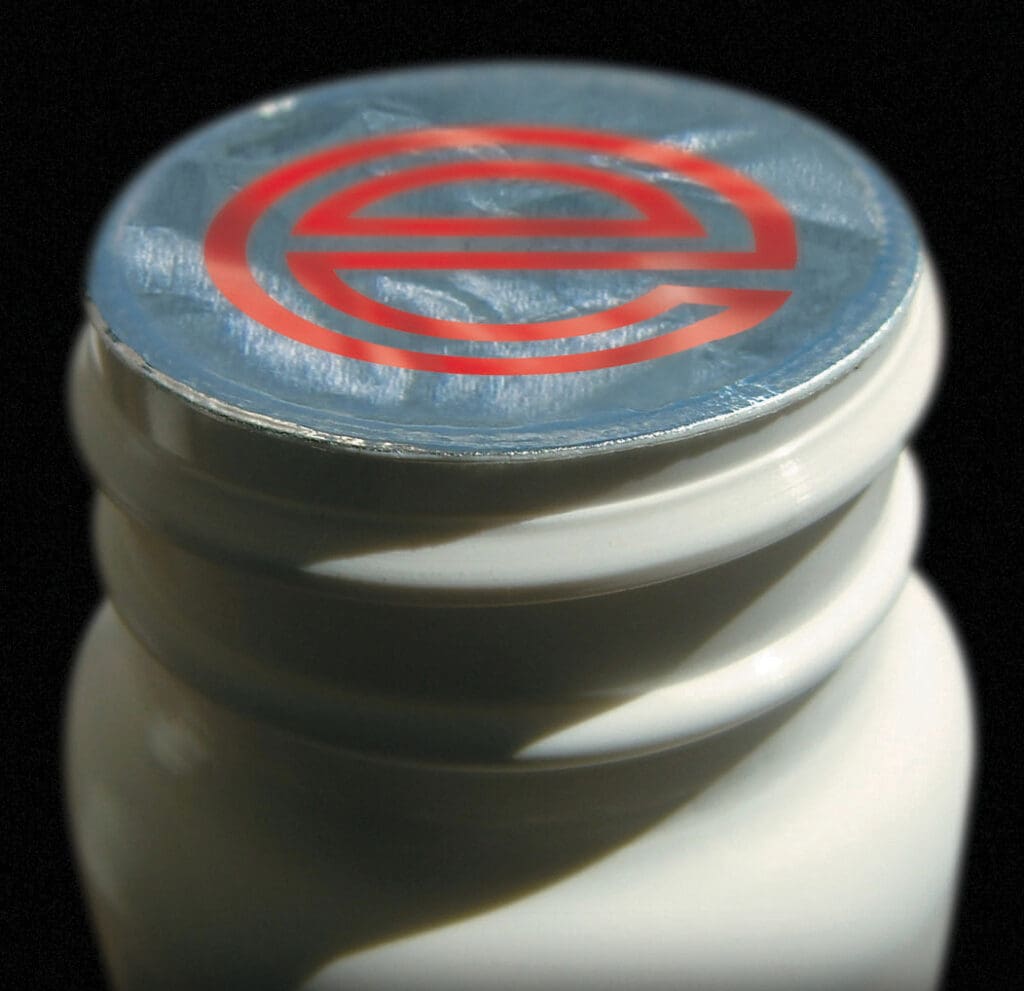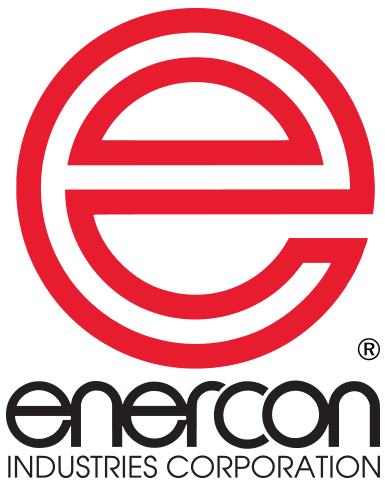Hidden Benefits of Induction Seals
Are you doing enough to promote the benefit of your induction sealed packages to your customers?
Most consumers view the induction seal as the final packaging barrier. It is the last obstacle preventing them from accessing that much needed pain relieving aspirin, thirst quenching beverage or stain removing chemical.
However, as a packaging professional you recognize that the induction seal is a critical component of your packaging design strategy. It provides your products with tamper evidence, leakage prevention, freshness preservation, shelf-life extension, and theft deterrence.
Today, every inch, centimeter, ounce and kilogram of each package is scrutinized to ensure it adds value to the product. If the induction seal adds value, why not market those benefits to your consumer?
In this paper we’ll explore three strategies which capitalize on the benefits of induction sealing:
- An induction seal as part of a product differentiation strategy
- An induction seal used as an added advertising billboard
- An induction seal used to reduce pack weight
Leveraging the induction seal to differentiate your product
Some packagers provide small references to a “safety seal”, but very few boldly incorporate the specific benefits of an induction liner into their brand or leverage it as part of a product differentiation strategy.
When Australian Milk producer Dairy Farmers decided to add an induction seal to their package the company made a commitment to market the new benefit to their customers.
The word “New Freshness Seal” is boldly incorporated onto their primary label alongside an illustration of the seal. The message is also delivered as the focal point of their television advertising campaigns. The company is effectively establishing its brand as having the freshest quality combined with easy to open seal.
In addition to marketing benefits to your consumers you can also promote the benefits throughout your distribution channel. An induction seal prevents leaks which makes your package more attractive to retailers. The extended shelf life offered by an induction seal can also net results.
In Dallas, Texas Plant Manager Tim Ray of Jus Made™ says extended shelf life pays dividends; “That can be a great help to our distributors and retailers, and we can stock more inventory.” Capitalize on the hidden benefits of induction seals
Using the induction seal as billboard
The induction seal offers marketers a great opportunity to deliver additional messages. Consumers may be used to seeing a “sealed for your protection” message in a repeat pattern printed on the induction seal.
But, savvy marketers are now using this space as their canvas for more integrated marketing messages including coupons, games, promotions and product use instructions. For example: Kraft uses the area to drive traffic to their website for product recipes. Skippy peanut butter provides a recipe right on the induction liner. Many other companies choose to use the induction seal as part of their
“cause” marketing efforts which are designed to help raise money for charitable causes such as Breast Cancer awareness.
Meanwhile, sophisticated induction seal and liner constructions are being aggressively pursued. Consider the marketing potential associated with some of these cutting edge induction liner technologies.
- holograms
- ultraviolet and infrared inks
- nano/micro print
- radio-frequency identification
- barcodes
- custom colors
- multiple messages
- embossed foil.
Subtraction by addition: Reducing pack weight with an induction seal
What may surprise even the most experienced packager is that induction seals are being used to reduce pack weight and carbon footprint. The impact of this trend is far reaching and one of the best examples can be found in Europe.
European packagers, in particular, are under extreme pressure to reduce product pack weight and to enable even greater product recyclability. Induction sealing offers a viable solution. Take, for example, a 500-milliliter PET bottle with PE cap, bore seal and tamper band. Each bottle weighs 17 grams and the cap weighs 2.1 grams.
More than 11 billion of these bottles are produced annually in Europe by one company. Adding an induction seal allows for the bottle’s neck and shoulder areas to be reduced to 16.51 grams and drops the PE cap weight down to 1.8 grams. This simple move yields 3% reductions in: CO2 emissions in production,
kilowatt hours energy in production, and carbon foot print. Total those figures up and they equal 330 million bottles.
Capitalize on the hidden benefits of induction seals
The benefits don’t stop there, either. Other pluses include:
- bottle and cap remain recyclable
- foil seal is amortized in the PET saving, so no on-costs are incurred
- bacterial contamination is reduced
- oxidation is reduced
- storage and transit conditions are improved
- shelf life is extended
- tampering is made even more evident
- copying risk is reduced
In one prominent example of pack-weight reduction via induction sealing, segments of the United Kingdom’s dairy industry began using this method in 1992 as a way to eliminate milk-bottle leakage
and provide clear evidence of tampering. Sixteen years later, in 2008, the nation’s entire dairy industry—representing a 2.3 billion bottle a year market—utilizes this approach.
For comparison, a 1-liter HDPE milk bottle weighed roughly 34.04 grams in 1992. Today, the same sized bottle weighs 28.37 grams, representing a 20% weight reduction. In 1992, a 38 millimeter PE closure weighed approximately 3.1 grams. Now it weighs just 1.61 grams—a 48% weight reduction.
These benefits certainly could be boasted as part of a company’s sustainability-linked identity in a world that includes increasingly green-friendly consumers and retailers.
So, before enclosing your product, think not only about keeping your product safe and fresh, but consider the opportunities for capitalizing on the benefits of induction seals with your consumers, distribution channel and responsibility to the environment.
And, with new technological breakthroughs for sealing non-round containers and containers without caps, the benefits of induction sealing benefits are available to virtually any container


